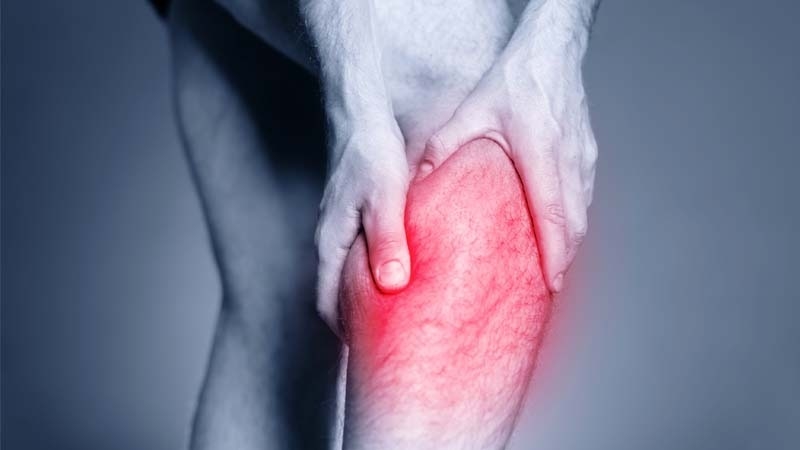Early Diagnosis Key to Peripheral Artery Disease Care
BATON ROUGE, La. – September is Peripheral Artery Disease Awareness Month, which shines a spotlight on this condition that affects 1 in every 20 Americans over the age of 50.
Peripheral artery disease, or PAD, (also called peripheral vascular disease) is caused by the narrowing of arteries that pump blood to other parts of the body – primarily the legs, as well as the arms, head and stomach. When discussing PAD, your doctor may mention the term atherosclerosis, a formal term for plaque that has clogged your arteries.
The most common symptoms of PAD affect the lower part of the body and include pain and cramping in the legs; wounds on the feet and toes that take longer to heal; changes in skin color; sores and ulcers; and difficulty walking or climbing stairs. Oftentimes, PAD doesn’t produce symptoms or the condition is diagnosed as something else.
Being diagnosed with peripheral artery disease increases your risk for heart attack and stroke. Risk factors for PAD include being overweight, having high blood pressure or high cholesterol, smoking, and chronic diseases such as diabetes.
If PAD is diagnosed early and treated, risks for coronary disease, stroke and abdominal aortic aneurysms can be reduced. Conservative treatments such as increasing physical activity, improving your diet, working to quit smoking and medication management are often recommended. If medical therapy and those conservative treatments are unsuccessful, minimally invasive procedures such as stenting or angioplasty may be recommended.
Baton Rouge Cardiology Center specializes in services and diagnostic testing (including ultrasound, imaging, CT scan and ankle-brachial index test) for PAD, and our cardiologists are board-certified in treating heart and vascular disorders. Click here to learn more about our screenings and here to request an appointment. You can also call us at 225-769-0933.




